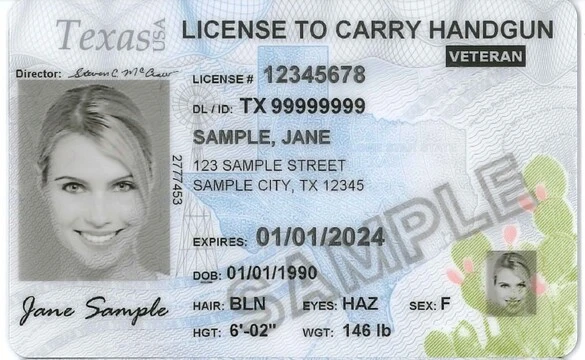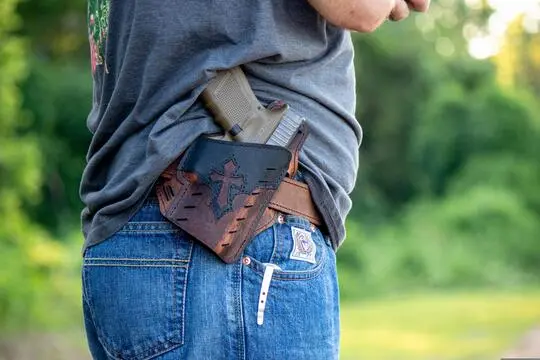Modern handgun training has evolved significantly over the past century. Innovations in technique, technology, and strategy have shifted the paradigm from simple target practice to a comprehensive skill set designed for personal protection. At the forefront of this evolution is the Modern Technique of Handgun Training, a method developed in the mid-20th century that still influences contemporary practices.
Foundations of the Modern Technique
The Modern Technique, as codified by Jeff Cooper, hinges on several core handgun training principles that have set the standard for defensive shooting. Cooper emphasized the importance of large-caliber handguns, the use of the two-handed grip, and the Weaver stance—an approach involving a specific body alignment that remains popular among shooters today.
The Combat Triad: Marksmanship, Mindset, and Gun Handling
At the heart of the Modern Technique lies the Combat Triad—marksmanship, mindset, and gun handling. Mastery of this triad is integral to efficient firearm operation. Marksmanship speaks to the shooter's ability to hit their target consistently, while mindset reflects the preparedness and resolution to face a life-threatening situation. Gun handling involves the mechanics of operating the firearm safely and proficiently.
The Role of the Handgun
Choosing the right handgun for personal protection is a decision that shouldn't be taken lightly. The role of the handgun is pivotal—it must be powerful enough to stop a threat, while also being reliable and easy to carry. The balance between these elements should be carefully considered by modern handgunners.
Stance and Grip
A proper stance and grip are foundations of accurate shooting. The Modern Technique advocates for a balance of comfort, stability, and mobility. The Weaver stance and the isosceles stance are both popular choices, each with its benefits. Similarly, a secure grip that allows for precise control and quick follow-up shots is essential.
The Draw and Presentation of the Handgun
A consistent, smooth draw is vital in a defensive situation. Presenting the handgun from the holster to the target quickly and without unnecessary movement can be the difference between life and death. Training to perfect the draw and presentation is a key component of the Modern Technique.
Sight Alignment and Trigger Control
Accurate shooting relies heavily on proper sight alignment and disciplined trigger control. Modern handguns often come equipped with express sights, and many shooters augment their weapons with lasers or lights for better accuracy in various lighting conditions. These tools should be integrated into training to ensure they improve performance when it counts.
Ammunition Selection for the Modern Handgunner
Selecting ammunition isn't just about finding the correct caliber; it's also about understanding ballistics and how your chosen ammo performs under different conditions. The right ammunition choice is crucial for the practical application of the Modern Technique in real world scenarios.
Loading and Unloading Techniques
Safe and efficient loading and unloading practices are an essential part of firearm safety and proficiency. Techniques differ between semi-automatic pistols and revolvers, but the foundational requirement for safety and familiarity underlies both.
Practical Drills and Scenario Training
To gain true proficiency, shooters should engage in practical drills that simulate real-life situations. Combining movement, cover, and decision-making into scenario training develops not just skill but judgment—the kind of decision-making required in an actual encounter.
The Importance of Continuous Practice
Like any skill, proficiency in handgun use degrades without regular practice. Continuous engagement with the Modern Technique’s principles, through regular training sessions, ensures that skills remain sharp and ready. Emergent techniques and equipment also warrant attention, to stay at the forefront of defensive readiness.
Conclusion
The Modern Technique of Handgun Training has established itself as a crucial component of firearms education. It provides a structured approach to defensive shooting that has saved lives and grounded the training regimens of countless responsible gun owners. Adherence to its principles and techniques remains as relevant today as ever, ensuring that individuals are prepared to defend themselves efficiently should the need arise.




